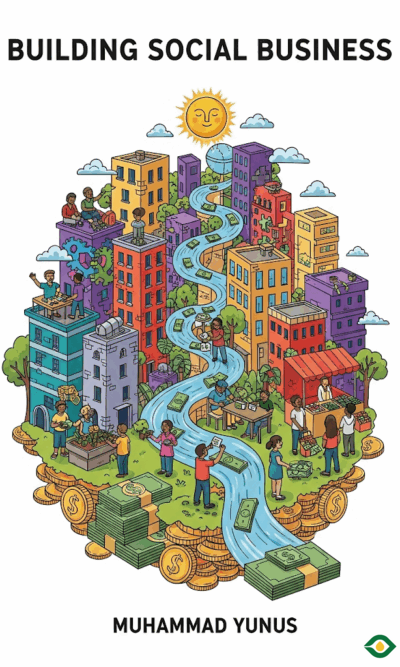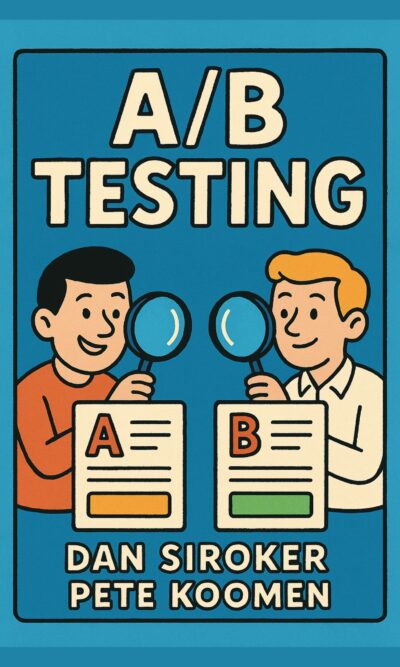Description
Software development is often compared to baking. Imagine running a busy bakery where customers line up for custom cakes. If you bake each cake from scratch every time, the line moves slowly and people leave unhappy. But if you have the right recipes, ingredients ready, and a smooth process, you can serve more customers quickly while still giving them high-quality cakes. This is what continuous delivery does for software. It helps teams deliver faster, more reliably, and with less stress.
Continuous delivery is about making changes to software without slowing down or breaking things. Whether it’s adding new features, fixing problems, or experimenting with new ideas, the goal is to make updates smoothly. The secret is a mix of simple but powerful habits: focus on quality early, break work into smaller pieces, let machines handle repetitive tasks, and encourage teams to always improve. Most importantly, everyone must work together with the same big-picture goal in mind.
One of the foundations of continuous delivery is automation. Instead of waiting for people to approve or test every step, many tasks can be automated. For example, when code is written, automated tests can check if it works before it’s added to the main project. This way, problems are caught early. Teams should also keep merging their work often, so everyone stays on the same page. Testing is not something done only at the end; it happens all the time. When all these practices are in place, software can be released like clockwork.
But to make this work, the structure of the software matters too. Imagine a car engine that falls apart if you change one screw. That’s not what we want. Software should be “loosely coupled,” which means each part works independently. This way, if one team makes a change, it won’t cause problems for everyone else. Teams can test and update their part without disturbing the rest of the system. In healthy systems, teams don’t need constant back-and-forth about every detail. Instead, they focus on bigger goals, just like chefs in a kitchen who each handle their station but still work toward one delicious meal.
Flexibility in software structure not only speeds up delivery but also helps businesses grow without constant setbacks. The less teams need to depend on each other for small details, the smoother the process becomes. Communication still matters, but it’s better when it’s about the big picture instead of micromanaging each step.
Another key insight is the importance of tools. Companies often limit teams to a strict set of approved tools. The reason is to keep things simple, avoid confusion, and stay safe with legal or security checks. But research shows this can actually slow things down. When teams have more freedom to choose the tools they need, they usually perform better. They know what works best for their projects because they’re the ones doing the work every day.
That doesn’t mean everything should be completely unstructured. Standardization can still help, especially for core things like system design and security. But the tools should be natural to use, not forced. If tools are simple and useful, teams will use them willingly. If not, they’ll avoid them or waste time struggling. The best approach is to listen to the engineers, understand their needs, and then support them with tools that make their jobs easier.
Beyond tools, management style is another big factor. Many organizations claim to be agile but don’t fully embrace it. They plan too much in advance, release updates rarely, and don’t take customer feedback seriously. Lean management offers a better approach. It encourages starting small, testing ideas early, and making changes based on real customer feedback. Instead of waiting months or years, feedback comes in quickly, and teams can adjust without wasting time and money.
The lean method isn’t about letting teams do whatever they want. It’s about balance. Teams should break projects into small parts, keep customers in mind, and work openly so everyone knows what’s happening. This approach helps companies grow faster, capture markets, and improve efficiency. When lean principles are combined with continuous delivery, the benefits multiply. Teams feel less stress, stay more motivated, and produce better results. It becomes a positive cycle where improvement in one area fuels improvement in another.
But even with the best methods, one problem often remains: deployment pain. This is the anxiety engineers feel when releasing new code into the real world. If a release feels risky or stressful, it’s a sign that the process isn’t healthy. The clash between software development and IT operations often creates this pain. Developers write the code, but the release process is slow, unpredictable, and stressful.
Companies that fix this problem see huge improvements. For example, when Microsoft adopted continuous delivery, engineers reported much higher job satisfaction. Stress levels dropped, work-life balance improved, and deployments became routine instead of dreaded events. The lesson is clear: if teams dread deployment day, something is wrong.
Technical practices can remove deployment pain. Automated testing, automated deployments, continuous integration, strong security from the beginning, flexible software structures, and clear version control all help. The same practices that make software delivery faster and more reliable also reduce stress and keep teams motivated. Happy teams don’t just deliver more; they deliver better.
In the end, the ideas in Accelerate show that great software delivery is about more than speed. It’s about building systems and cultures where quality, flexibility, and teamwork come naturally. It’s about empowering teams with the right tools, listening to customers, and tackling stress at its source. When businesses embrace these principles, they not only deliver software more quickly but also create a healthier, more joyful environment for the people behind it.
The big takeaway is simple: software delivery doesn’t have to be slow or stressful. With the right habits—continuous delivery, lean management, flexible structures, and empowered teams—companies can deliver faster, reduce pain, and grow stronger. Just like a bakery that serves cake after cake with skill and joy, teams can create software that delights users and keeps the business thriving.





